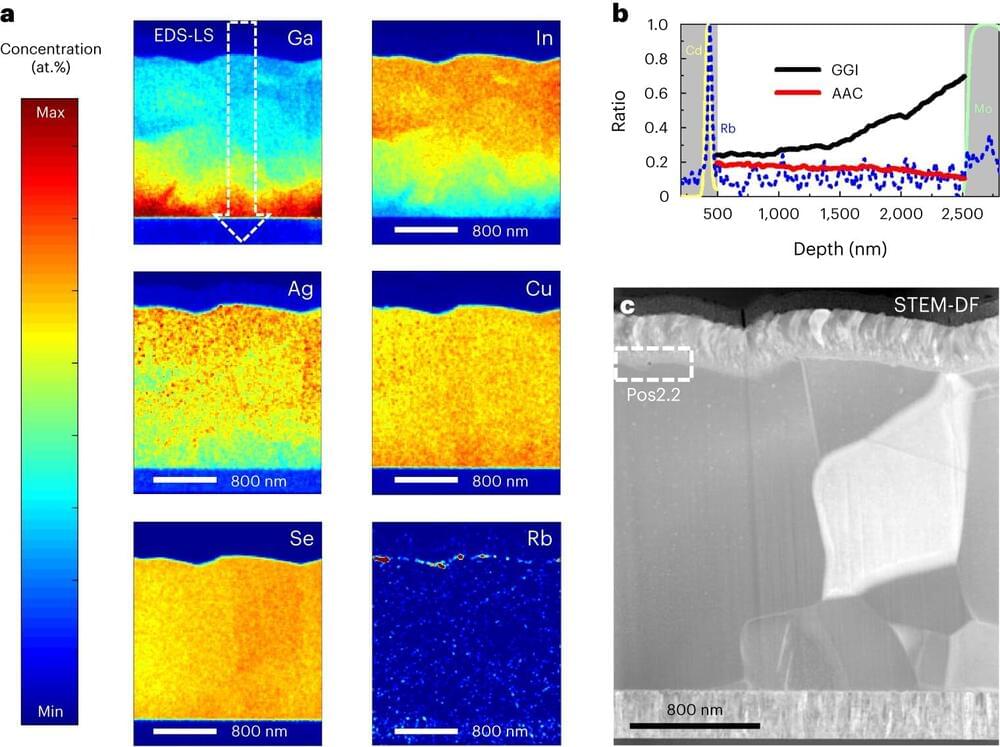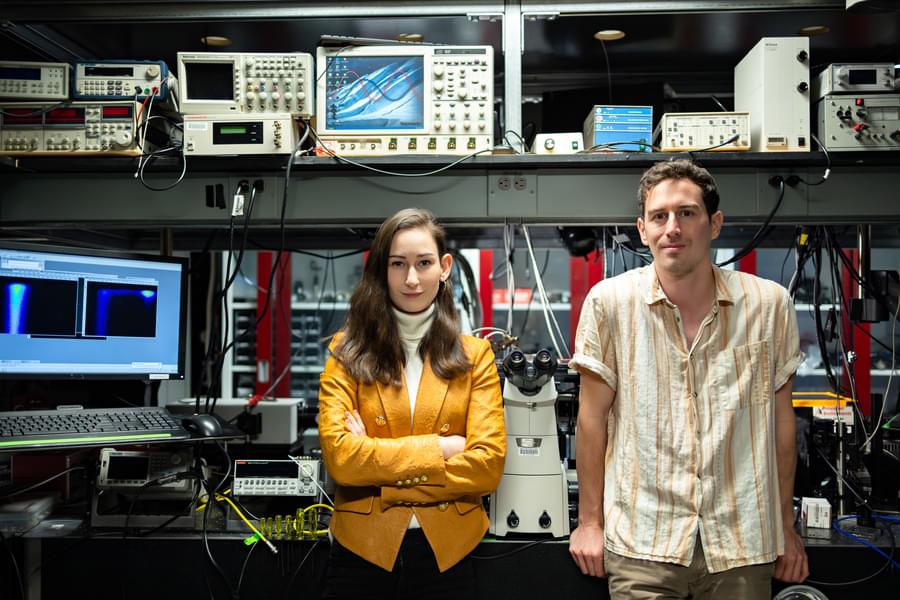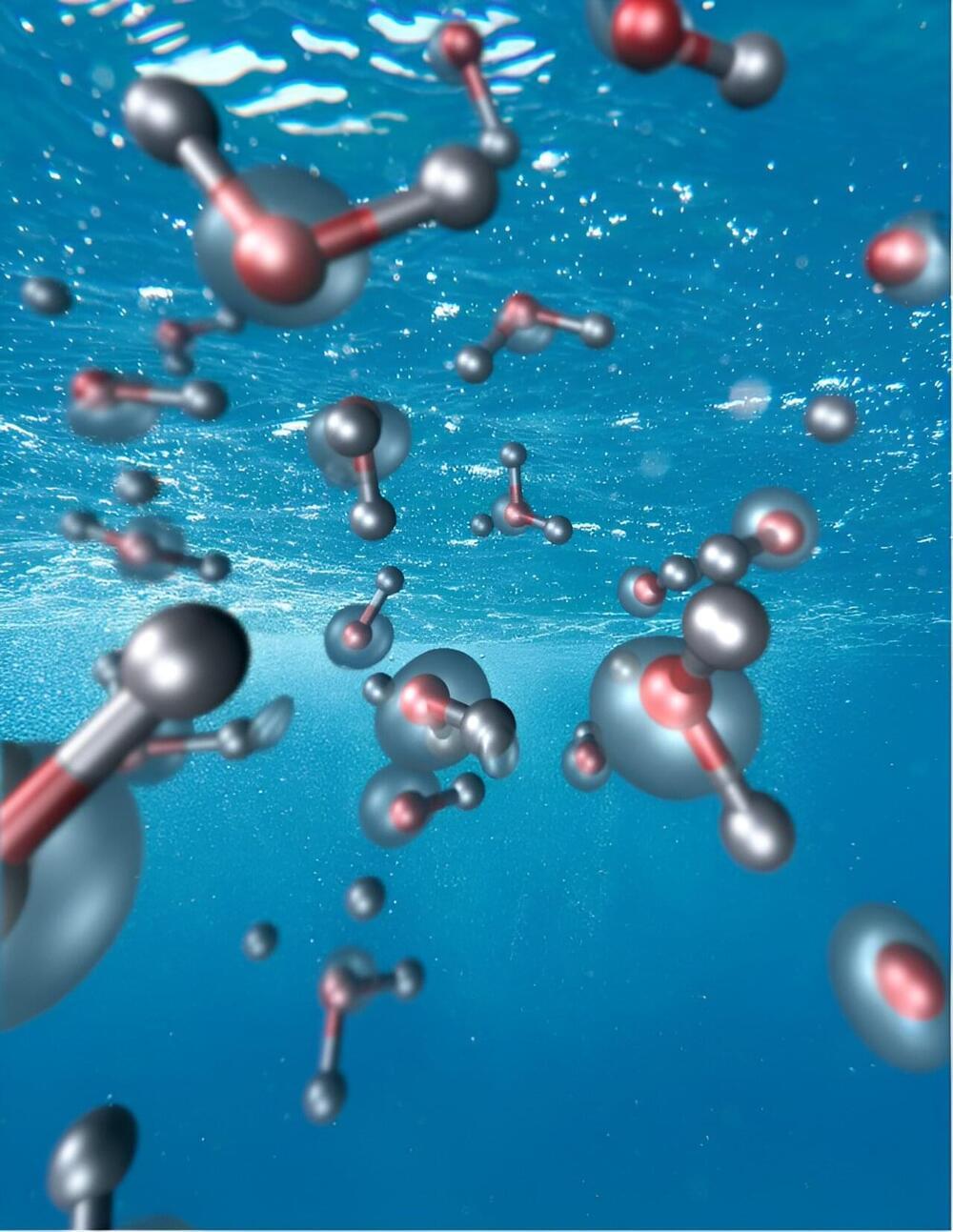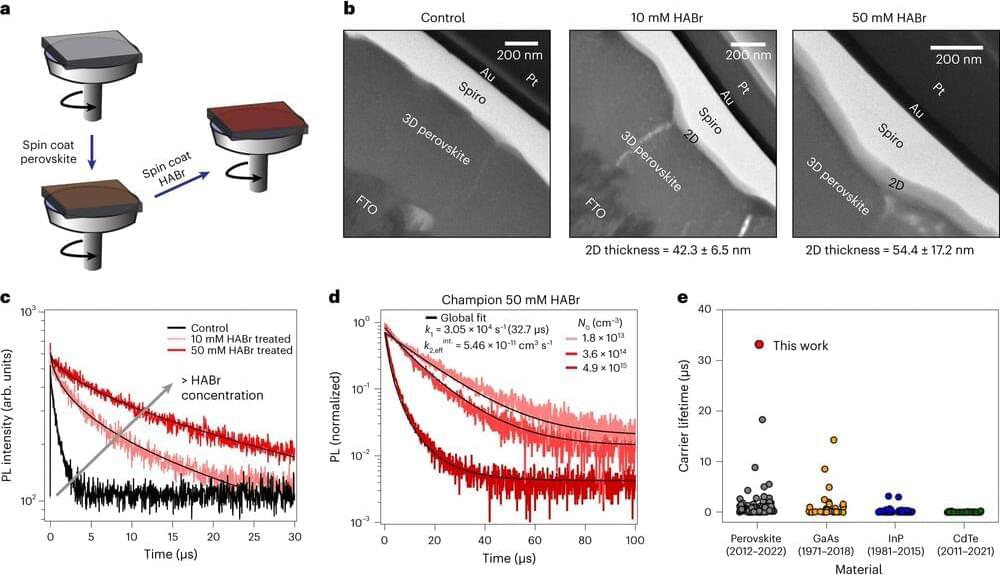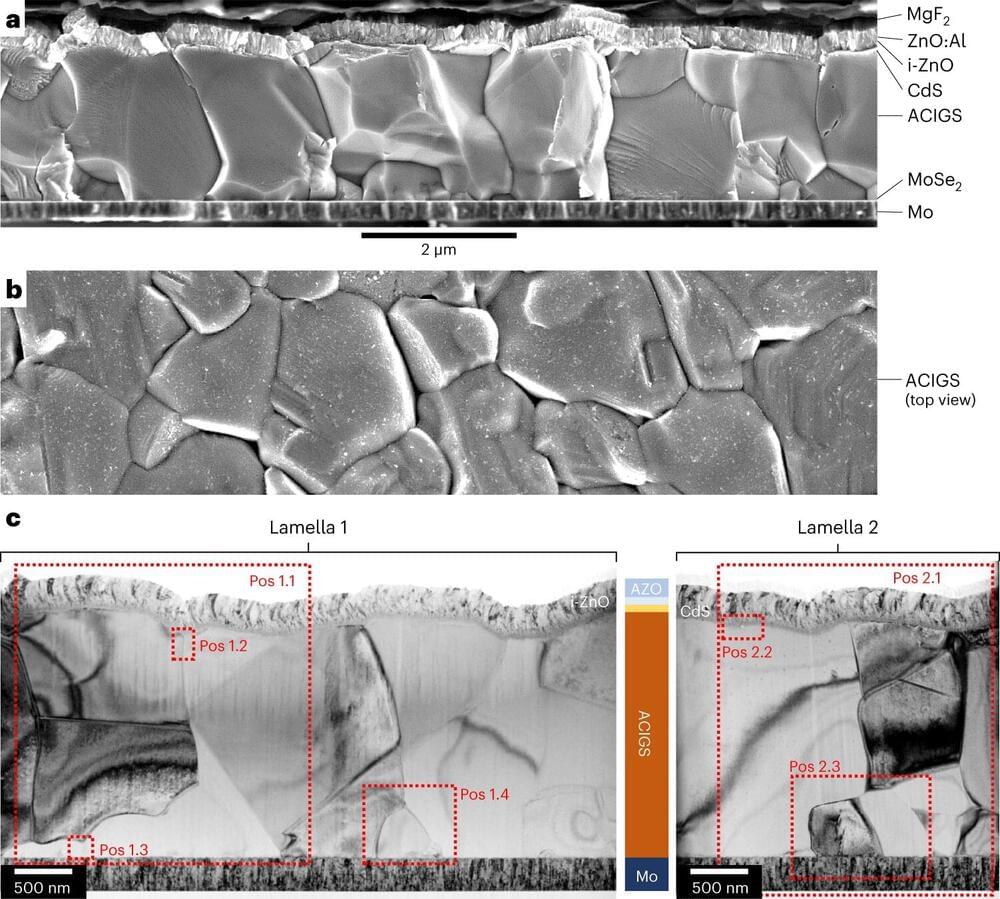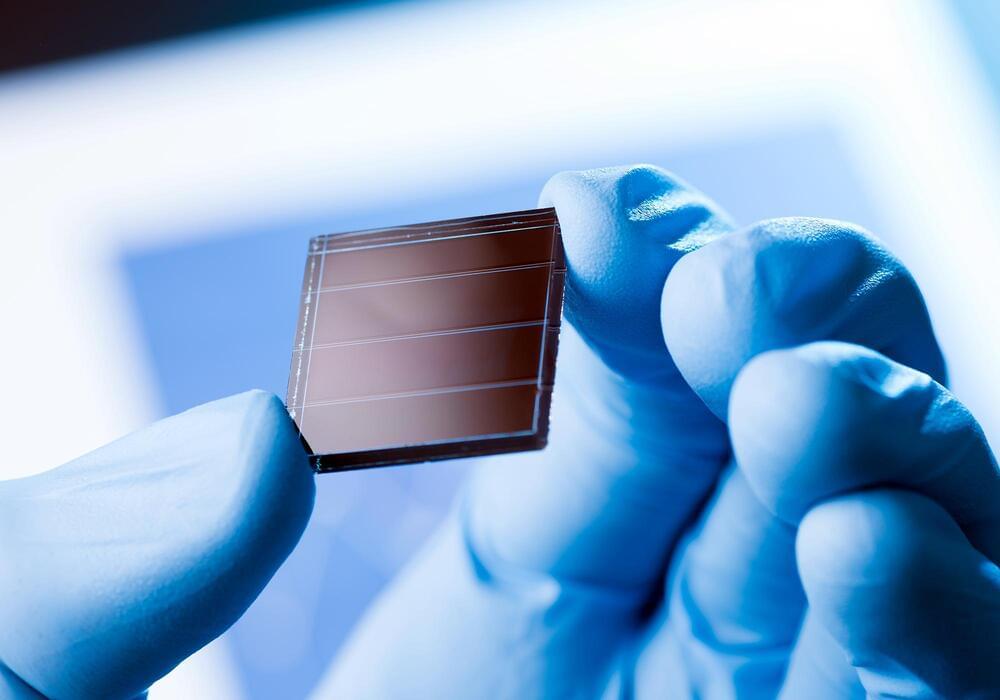Mar 2, 2024
The Future of Energy — Scientists Unveil Roadmap for Bringing Perovskite/Silicon Tandem Solar Cells to Market
Posted by Saúl Morales Rodriguéz in categories: solar power, sustainability
Researchers at King Abdullah University of Science and Technology (KAUST) have developed a comprehensive plan to introduce perovskite/silicon tandem solar cells into the marketplace, setting the stage for a world energized by widespread, cost-effective renewable energy, both in Saudi Arabia and globally.
The authors of the article, published in esteemed journal Science, include Prof. Stefaan De Wolf and his research team at the KAUST Solar Center. The team is working on improving solar efficiency to meet Saudi Arabia’ solar targets.
Perovskite/silicon tandem technology combines the strengths of two materials – perovskite’s efficient light absorption and silicon’s long-term stability – to achieve record-breaking efficiency. In 2023, the De Wolf laboratory reported two world records for power conversion efficiency, with five achieved globally in the same year, showing rapid progress in perovskite/silicon tandem technology.
